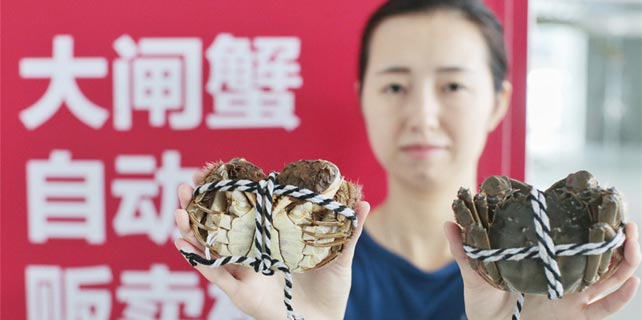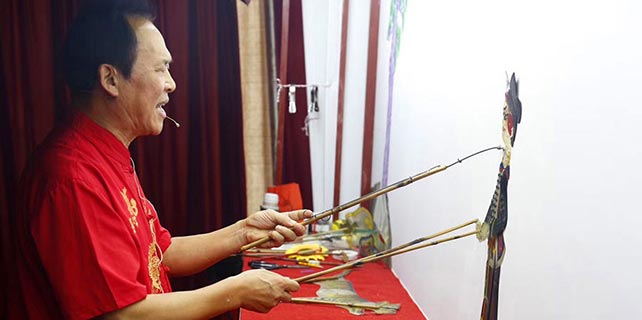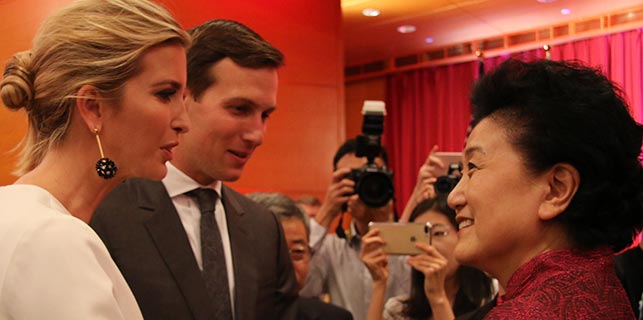Nepal has new 'living goddess'
KATHMANDU, Nepal - A 3-year-old girl was anointed the new Kumari of Nepal's capital Kathmandu by Hindu priests on Thursday, after her predecessor retired when she reached puberty, continuing an ancient tradition that sees young girls worshipped as "living goddesses".
Wearing a red dress, Trishna Shakya was taken from her home to the ancient Durbar Square for a short initiation ceremony.
Her father then carried her across the square - which still bears the scars of a powerful earthquake that hit in 2015 - to the temple-palace where she will live under the care of specially-appointed guardians.
Shakya was flanked by her family and barefoot men in red tunics on the short walk, the last time she will be seen in public without the elaborate makeup of the Kumari until puberty.
"I have mixed feelings. My daughter has become the Kumari and it is a good thing. But there is also sadness because she will be separated from us," her father Bijaya Ratna Shakya said.
Shakya leaves behind a twin brother, Krishna, who cried as his sister was taken from the family home.
As the Kumari, Shakya is considered the embodiment of the Hindu goddess Taleju and will only be allowed to leave the temple 13 times a year on special feast days.
At midnight, Hindu priests will perform an animal sacrifice, which the new Kumari will attend as part of her initiation as a "living goddess".
Historically, 108 buffalo, goats, chickens, ducks and eggs were slaughtered as part of the ritual - a number considered auspicious in Hinduism - but the number has been scaled back under pressure from animal welfare activists.
Selection criteria for aspiring Kumaris is strict and includes a number of specific physical attributes such as an unblemished body, a chest like a lion and thighs like a deer.
Even if a girl fulfills all the physical requirements, she must then prove her bravery by not crying at the sight of a sacrificed buffalo.
The practice was historically closely linked to the royal family, but has continued despite the end of Nepal's Hindu monarchy in 2008.
The tradition has drawn criticism from child rights activists who say the Kumaris are denied a childhood and their isolation from society hinders their education and development.
In 2008, Nepal's Supreme Court ruled the living goddesses should be educated and they are now taught inside the palace where they live and are allowed to sit their exams there.
Many former Kumaris have spoken about the struggles they face reintegrating into society after they are dethroned.
The outgoing Kumari, Matine Shakya, was anointed in 2008 at the age of 3.
Agence France-presse
















